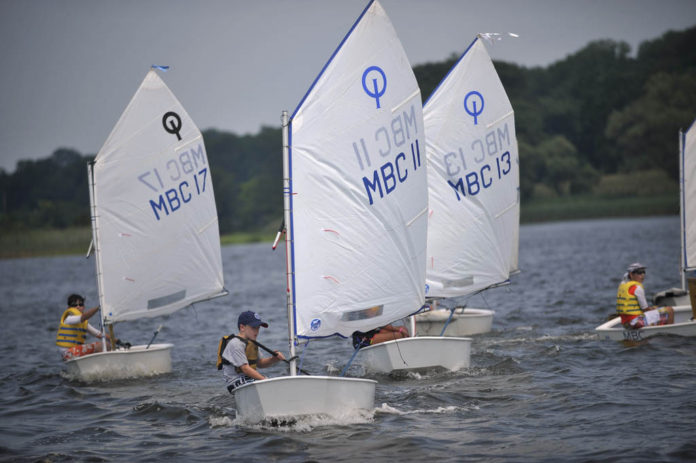
By STEVEN VIERA
Staff Writer
RUMSON — More than one year after New Jersey’s Department of Environmental Protection (DEP) downgraded 565 acres of the Navesink River as unsuitable for shellfishing, members of the community recently poured into Bingham Hall to learn about the pollution plaguing the waterway.
Clean Ocean Action, a Highlands-based nonprofit dedicated to improving water quality along the coasts of New Jersey and New York, served as the host to a public meeting on June 28 to discuss the findings of its report, “Pathogen Pollution in the Navesink River: Addressing Fecal Contamination in the Navesink River Watershed,” which was based on close to a year’s worth of research.
The report indicated that the Navesink suffers from extremely high levels of fecal coliform bacteria, which is mainly attributable to non-point sources (NPS) of pollution such as failing septic systems, aging infrastructure, wildlife and domesticated animals. Another key issue discussed in the report was stormwater runoff after rain — much of the Navesink River Watershed is covered in “impervious surfaces” such as paved roads that inhibit or prevent natural drainage, so rainfall instead flows into the river and carries NPS pollutants with it.
These levels of fecal coliform pollution prompted the DEP to declare the river unsuitable for shellfishing and also explain why it is unsafe for swimming. It does, however, remain safe for boating according to the DEP, although the report pointed out the water quality bar for safe boating is much lower than the required water quality bar for safe swimming.
At Clean Ocean Action’s public meeting, a number of experts gave presentations explaining particular aspects of the report and offered solutions, including Interim Bureau Chief of NJDEP’s Bureau of Marine Water Monitoring Bob Schuster, Rutgers University Assistant Professor Nicole Fahrenfeld, Water Resource Specialist at Rutgers’ Agricultural Experiment Station Christopher Obropta and others. At the meeting, questions were taken from the audience.
Members of Clean Ocean Action’s “Rally for the Navesink,” an alliance of organizations that support the environment or activities on the river, also attended, including representatives of the American Littoral Society, Monmouth Conservation Foundation and more.
Clean Ocean Action’s Executive Director Cindy Zipf spoke as well, and she encouraged a “no blame game” approach and community-wide response to address pollution in the Navesink.
“We need to get the entire community involved. We really need to rally for the Navesink — all of us — and not just rely on government agencies to take on that challenge,” she said.
A full copy of the report is available at Clean Ocean Action’s website, www.cleanoceanaction.org.

